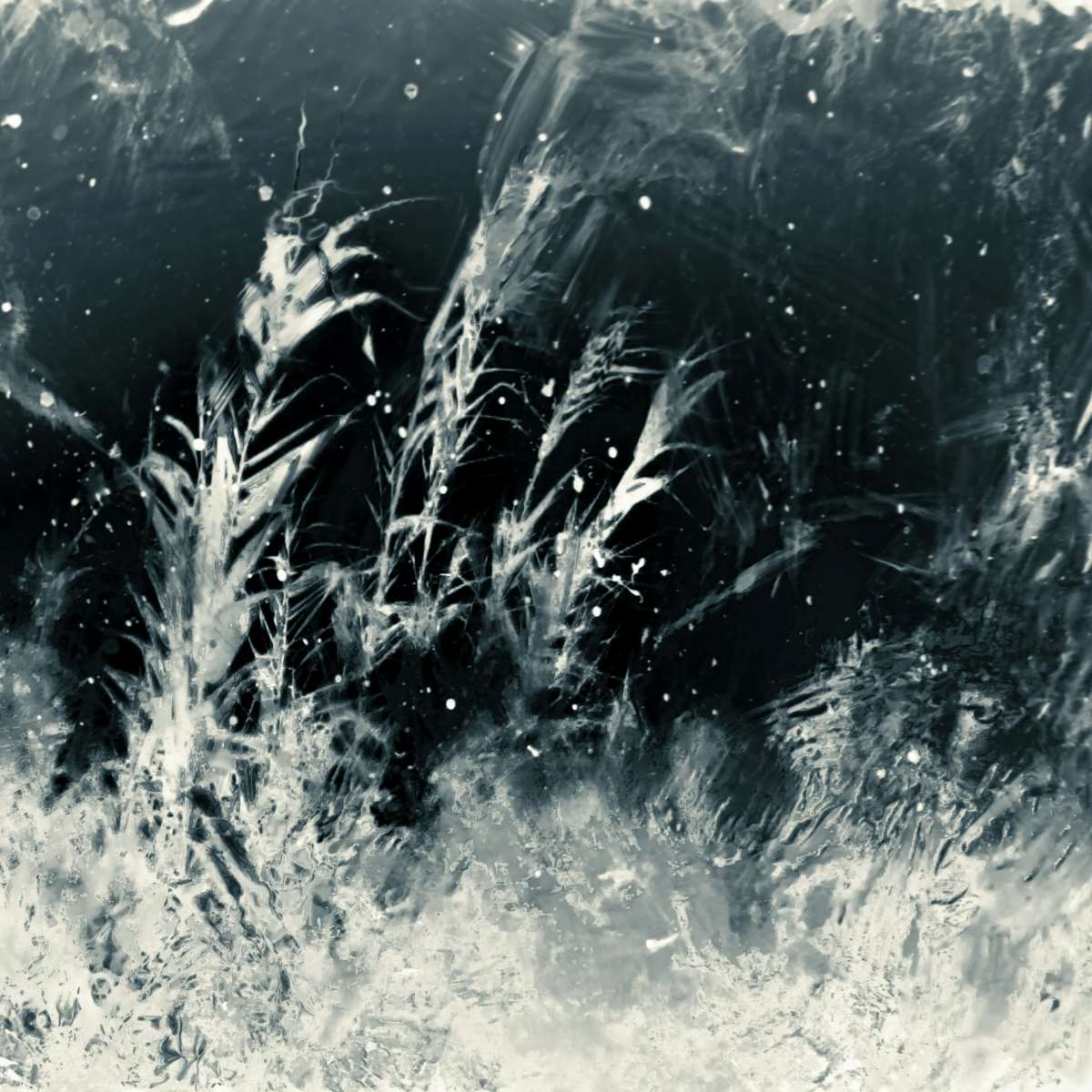
Enchanted Ecology | Rereading Grimm’s Fairy Tales
Brothers Grimm fairy tales are filled with the dark forest. But what to do when climate change comes for the fairy tale forest of your childhood? The charm of fairy tales is that they are as good for children as they are for adults. Rereading fairy tales can teach us to reconsider our relationship with nature.
Once upon a time, two brothers, Jacob and Wilhelm Grimm, started to collect German fairy tales, which turned into one of the most popular book collections, known today as Children’s and Household Tales. Generation after generation, readers were enchanted by the mysteries and wonders of these tales where woods, animals, and landscapes play vital roles in shaping the narrative. Together with Snow White, Rapunzel, Hansel and Gretel, we traveled to Germany’s Black Forest from different parts of the world. The forest that seemed magical and sometimes dangerous is now in danger itself, since certain types of trees don’t stand a chance in front of climate change.
This is how our tale begins. Before humanity writes the continuation of this tale, we must understand what may be lost if we lose the forest.
JACOB AND WILHELM GRIMM: THEIR STORY
Despite the fact that the Brothers Grimm were the sons of a lawyer and studied Law at the University of Marburg, they soon discovered their interest in literature. It was the publishing project of two famous writers Achim von Arnim and Clemens Brentano that pushed the brothers to collect fairy tales. As many others during this time, they were preparing for the publication of a folk songs collection. After all, the 19th century was the era of romanticism, and people had an incredible craving for their origins, for folklife, songs, legends and fairy tales. German writers and romantics became interested in fairy tales as a kind of ideal world, as a synthesis of human and nature. The idea to supplement the publication of folk songs with an edition dedicated to folk tales resonated with the Brothers Grimm, who at first did not even consider this activity as their main one. Around 1807, the brothers began writing down fairy tales by interviewing various informants, such as shepherds and sergeant. Children’s and Household Tales first appeared as a scholarly edition in 1812 and underwent several revisions until the final version was published in 1857.

FOREST IN FAIRY TALES
What would Grimm’s fairy tales look like without the forest in it? Think of all the tales you know that take place in forests and how these landscapes play a vital role in the tale being told. What will we lose in our stories and our heritage if we lose the words of the natural world?
For the Brothers Grimm, forests symbolized popular wisdom and national heritage. The 1813 journal Old German Forests named forests as the birthplace and continued home of an authentic national culture. In The Brothers Grimm: From Enchanted Forests to the Modern World, the folklorist Jack Zipes writes, “it was as though in ‘old German forests’ the essential truths about German customs, laws, and culture could be found.”
Over 30 of Grimm’s characters appear to face their fate in the forest. Full of mystery and magic, forests represented danger and beauty at the same time. On one hand, entering the forest means to be threatened by monstrous figures: the witch in Hansel and Gretel or the wolf waiting in Little Red Riding Hood. On other hand, in the case with Snow White, for example, the forest is a place of safety. Often, in those very woods, characters first lose themselves but, by helping another living creature, they find their way.


Jack Zipes also notes, “The forest is always large, immense, great, and mysterious. No one ever gains power over the forest, but the forest possesses the power to change lives and alter destinies. In many ways it is the supreme authority on earth and often the great provider. It is not only Hansel and Gretel who get lost in the forest and then return wiser and fulfilled.”
Actually, it is a reader who can return wiser and fulfilled after the journey to the wildlife. According to Professor J. R. R. Tolkien in Tales from the Perilous Realm, fairy tales have three main functions: recovery, escape and consolation. He defines recovery as “a regaining of a clear view”, so that the things seen clearly may be freed from possessiveness. Escape should be perceived as the need for liberation from harsh conditions and a destroyed world, while consolation regards satisfaction of ancient desires, such as talking to other creatures, and a hope of a happy ending.
The potential loss of forests can radically alter the trajectory of our fairy tales. Landscapes once shaped the imaginations of those who told and, later on, those who wrote stories. With ongoing deforestation and change of climate conditions, and as forests continue to shrink, the magic of fairy tales may be lost on many who cannot remember what a forest is.
All Images: © Jr Korpa via Unsplash
+ Words:
Kseniia Gavrilova
Luxiders Magazine








